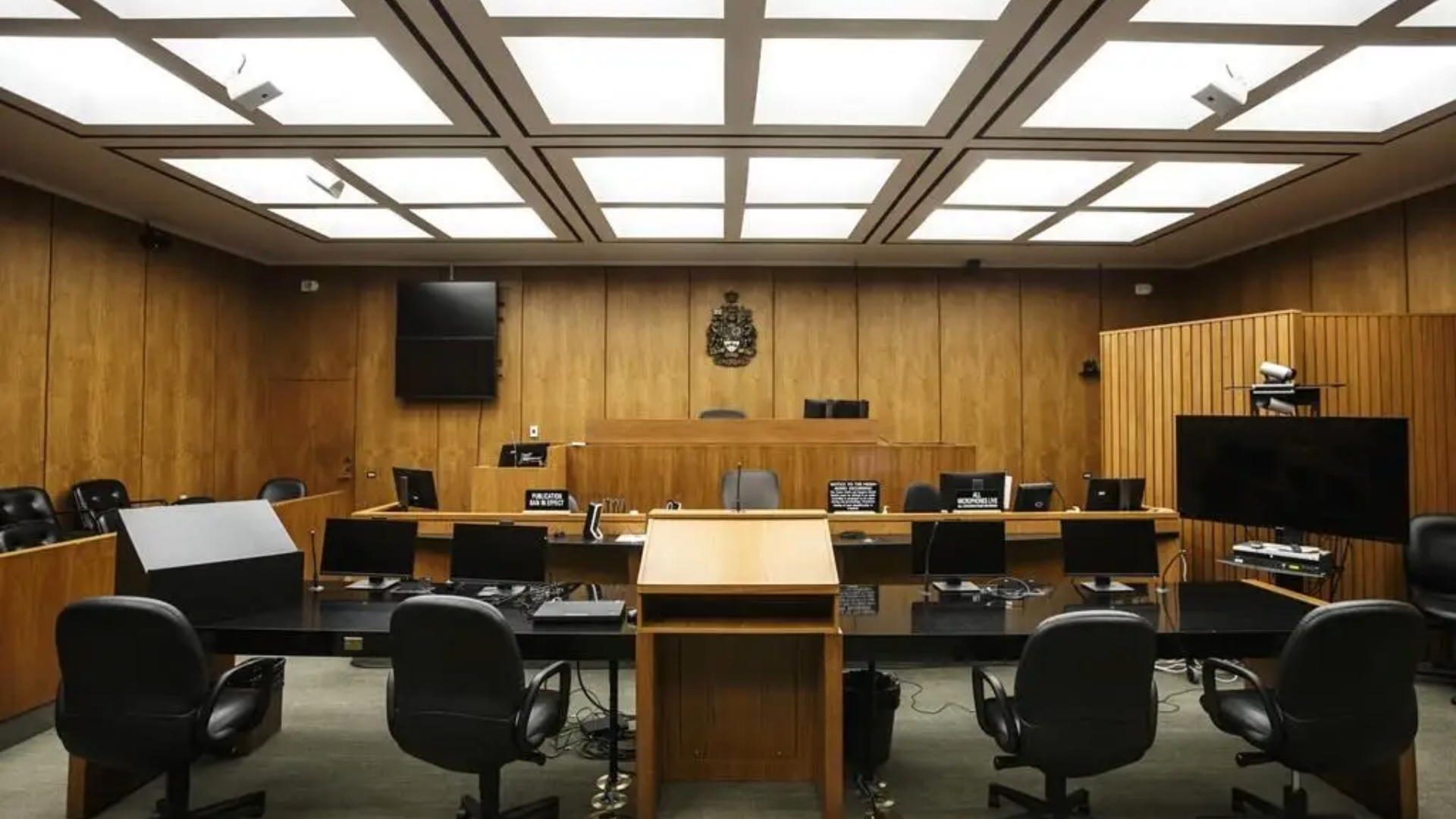
Ishac v Ontario (Health Insurance Plan) – Pectoral Implant Removal Not Covered by OHIP
In Ontario, the line between an insured health service and an elective cosmetic procedure can sometimes seem blurry. The Ontario Health Insurance Plan (OHIP) is

This was a mid-trial ruling regarding jury questions.
This medical malpractice case, brought by David Fedoriuk against two hospital nurses, highlights the ongoing legal debate over how causation should be addressed in jury instructions. At the heart of the dispute is not whether the “but-for” test is the correct legal standard, but rather how causation questions should be framed for the jury, and whether jurors should be required to explain their reasoning.
The plaintiff favours broader language, such as “caused or contributed to,” which does not require the jury to explain their reasoning. This phrasing is often more preferable to plaintiffs in medical malpractice cases as it reflects the reality that delays in diagnosis rarely have a single clear cause. In contrast, the defendants typically insist on using the stricter “but-for” language and ask the jury to provide specific reasons for their findings, arguing that this approach avoids confusing jurors and ensures they apply the correct legal standard.
In this case, the judge found the defendants’ “but-for” formulation more appropriate in the circumstances. He concluded that the sequential rather than cumulative negligence in this case did not justify departing from the standard phrasing of the “but-for” test. The judge also declined to require jurors to provide reasons for their causation findings, citing concerns about the integrity of the deliberation process and juror capability.
On August 14, 2024, 21-year-old David Fedoriuk arrived at the Emergency room of Leamington District Memorial Hospital with complaints of tinnitus in his left ear and numbness on the left side of his body. He was then triaged by Nurse Howard at 1:02 PM and assigned a CTAS level scale of 3, indicating that his condition could potentially progress into something serious. After being assigned his triage level, the plaintiff was instructed to wait in the waiting room. At 2:22 PM, Nurse Bauer observed him using his phone with no signs of visible distress. Without engaging with the plaintiff, Nurse Bauer characterized this observation as her reassessment. At 3:20 PM, the plaintiff walked out of the hospital without ever being seen by a doctor. Thirty minutes later, he collapsed and was transported back to the hospital by ambulance. Soon after his arrival, he was transferred to Windsor Regional Hospital, where doctors discovered a large intracerebral hemorrhage caused by a ruptured aneurysm. Emergency brain surgery followed. The evidence suggests that Fedoriuk had already suffered an initial ruptured aneurysm by the time Nurse Howard assessed him, followed by a re-rupture. As a result, he was left with significant physical and cognitive impairments, including left hemiparesis, loss of vision on his left side, and a fisted left hand with reduced dexterity. He also struggles with executive functioning and disinhibition.
Fedoriuk alleges that he should have been assigned a CTAS Level 2, which would have prompted earlier assessment and intervention. He argues that earlier detection of the hemorrhage could have improved his outcome, not by preventing the injury entirely, but by mitigating its severity. The Defendants deny breaching the standard of care expected of emergency room nurses and contend that even if a breach occurred, it did not cause the plaintiff’s injuries. They characterize the case as a “loss of chance” scenario, maintaining that the injuries were indivisible and resulted solely from the initial aneurysm rather than any delay in treatment.
The central issue from this ruling was how jury questions regarding causation should be framed and whether jurors should be required to provide explanations for their causation findings.
A well-established principle in case law is that jury questions should be framed as clearly as possible and tailored to the specific factual context before the court.
In this case involving sequential negligence, the court adopted the defendants’ proposed “but-for” phrasing for causation questions but declined to require the jury to explain how they arrived at their conclusion. The judge concluded that the circumstances did not justify departing from the standard but-for language in framing jury questions on causation. The court expressed concern that using broader language like “contributed to” might lead the jury to unintentionally apply the material contribution test, an exceptionally rare and complex analysis that is unnecessary in the circumstances. Since the case did not involve issues such as circular causation or cumulative negligence, which often requires a more nuanced approach, the judge found that the “but-for” language is more appropriate.
Regarding whether jurors should be required to provide reasons for their causation findings, the court identified several shortcomings. These included the risk of exposing confidential jury deliberations and the possibility that a verdict could be invalidated due to jurors’ difficulty articulating their reasoning. The court recognized that jurors, as laypersons without legal or medical training, cannot be expected to offer detailed legal analysis. While it can be argued that requiring jurors to explain their reasoning helps ensure they are applying the law correctly rather than relying on emotion, the judge ultimately found that the shortcomings of this approach outweighed its potential benefits.
Decision Date: April 25, 2025
Jurisdiction: Ontario Superior Court of Justice

In Ontario, the line between an insured health service and an elective cosmetic procedure can sometimes seem blurry. The Ontario Health Insurance Plan (OHIP) is

On February 11, 2019, Bradley McKee stabbed his father, William McKee, to death. At the time of the stabbing, Bradley was 27 years old; he

On August 22, 2025, a judge of the Ontario Superior Court of Justice found emergency medicine physician Dr. Angela Cavanagh negligent for not referring a

On August 14, 2025, the Court of King’s Bench of Alberta found Dr. Mark Guhle liable for over $16,500,000 for medical malpractice leading to the